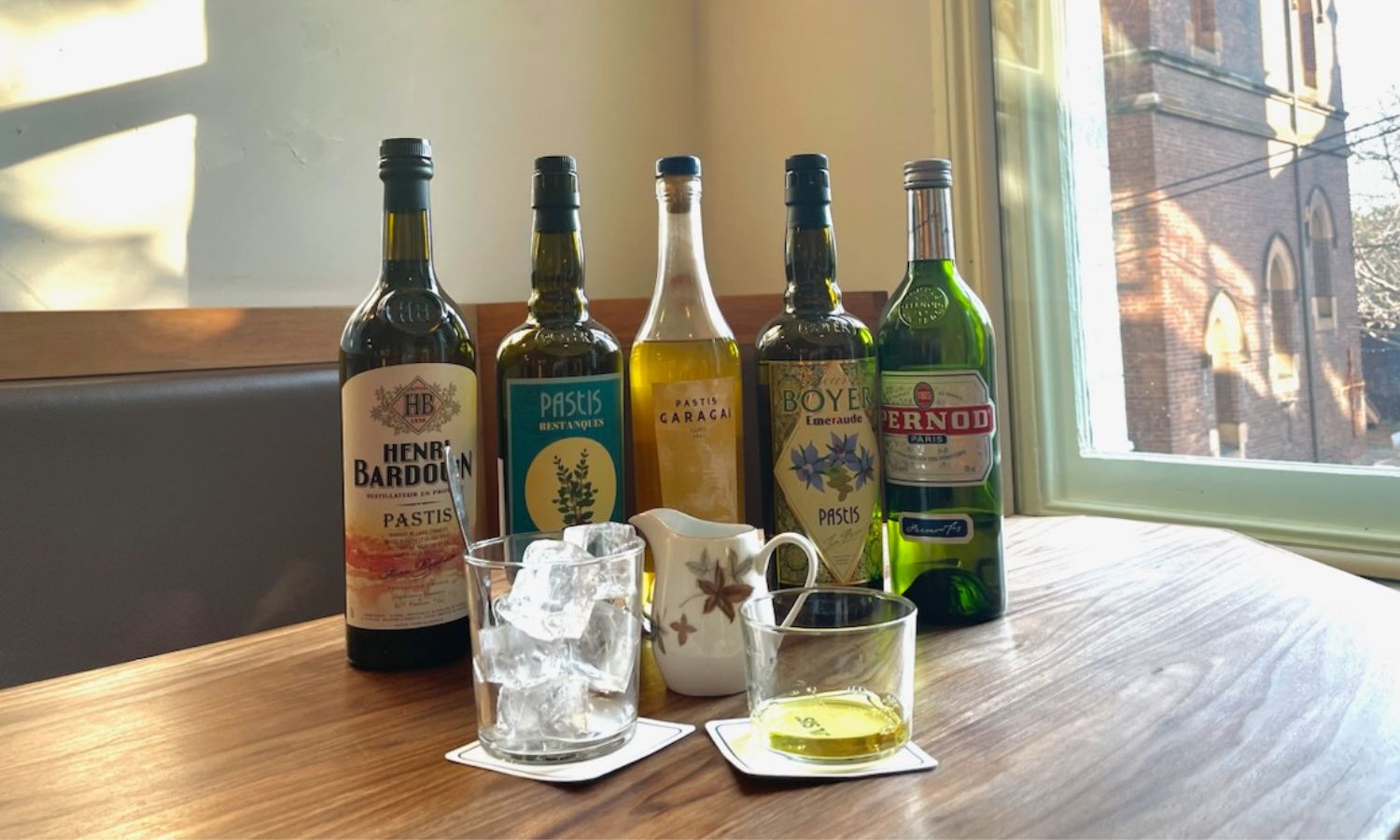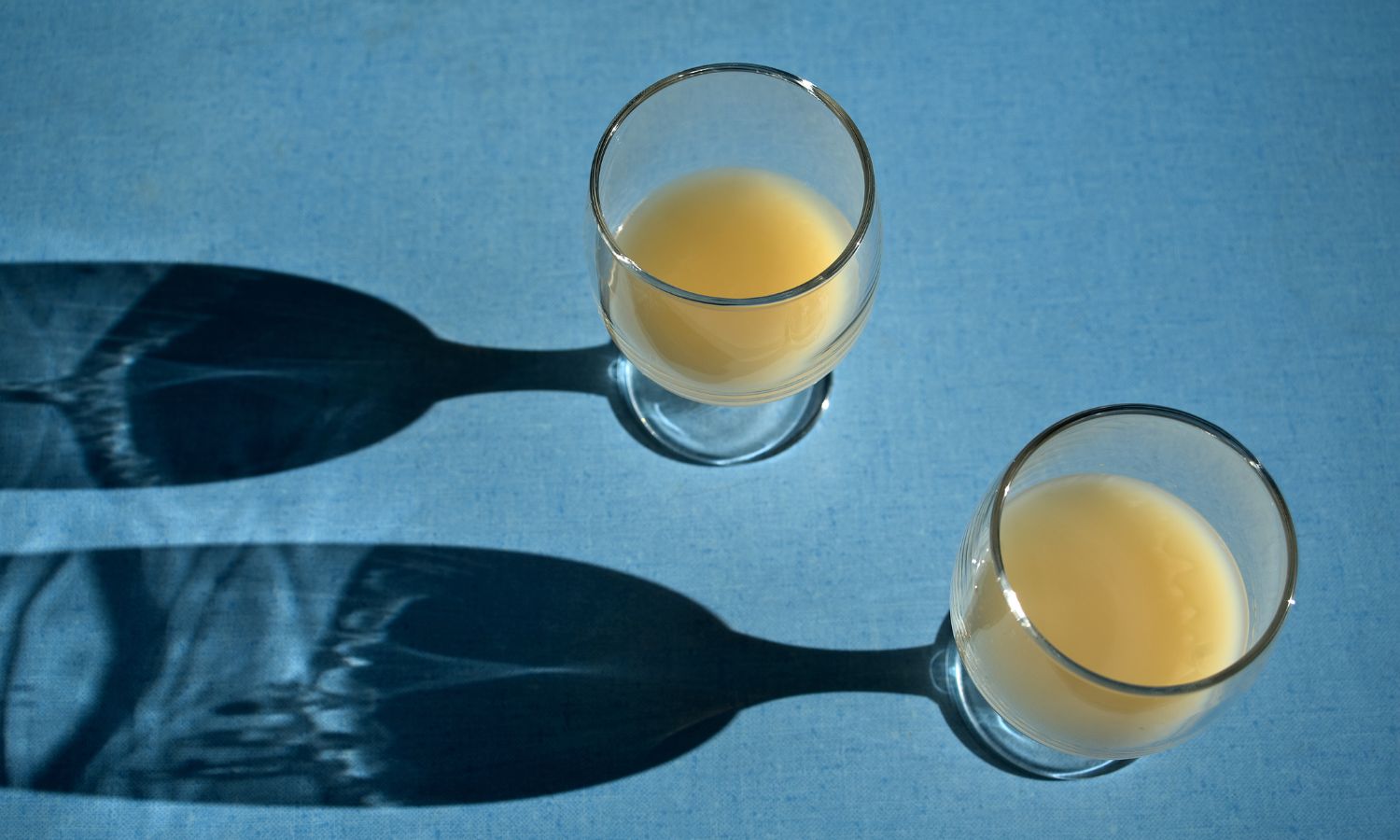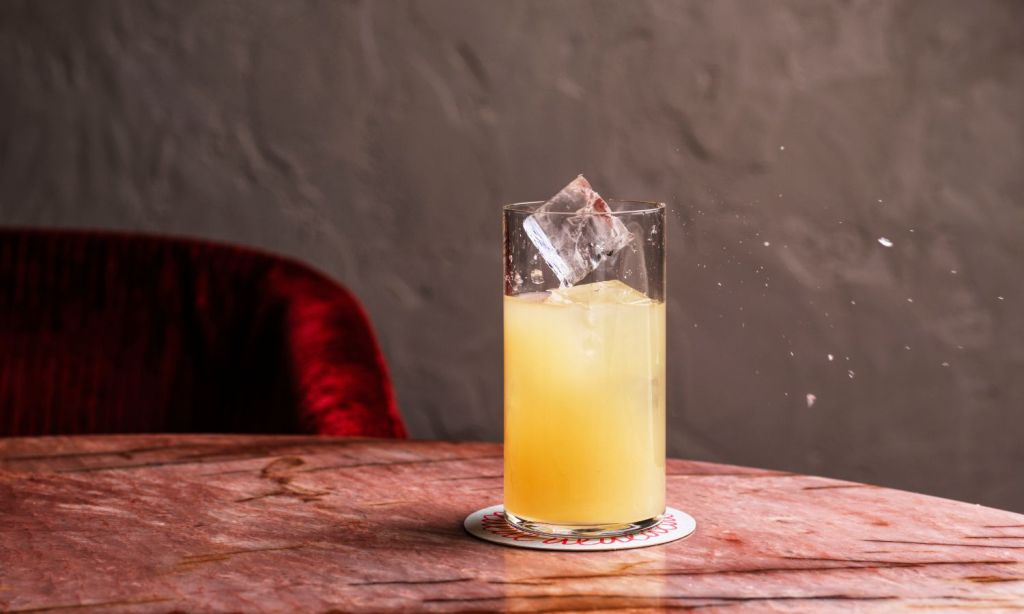Pastis has two meanings. It’s the name of an anise-flavoured herbal liqueur from France and it’s a drink made with the liqueur and a cold pour of water. It was invented in the 1930s after the ban on absinthe. It’s like the strong wormwood-made drink but has more liquorice and anise-flavoured. It tastes like arak, ouzo or raki.
“Pastis is a staple in many bars, new and old, especially those focusing on French or Mediterranean cocktails and pairings,” says Chris Gaweda, bar manager at QT Melbourne. The liqueur and drinks made with it are served at the hotel’s Rooftop at QT and Sydney bars Martinez, Lil Sis, Chez Blue and many Merivale group venues.
“Its unique flavour profile is based on anise, offering a liquorice sweetness that sets it apart from other spirits in its category,” Gaweda says.
Pastis is enjoyed year-round in France and is especially popular as an aperitif during the French apéro hour, reports Taste France Magazine. On weekends it’s often sipped throughout the day while playing pétanque [game similar to bocce ball] under the sun.

Rooftop at QT serves pastis paired with water and ice, a small carafe of chilled water on the side which lets guests adjust the mixture to their liking. Gaweda says this eliminates the guesswork when customers purchase pastis for their tables. The drink is garnished with a zest of lemon peel to complement the anise flavours.
Pastis is produced in a similar way to absinthe but without using wormwood. Traditionally it falls into the alcohol content of 40-45% ABV. The result, says Merivale’s group creative cocktail lead James Irvine, is an anise-forward, flavour-packed spirit that’s bold and bougie.
“Personally, enjoying pastis is a sense of occasion,” says Irvine. “The ritual of enjoying pastis is similar to absinthe, either through an iconic drink with sugar or enjoying it in a Mauresque which means it’s mixed with orgeat syrup, an almond-based syrup.”
At Martinez, pastis is used in a Home Pastèque cocktail with watermelon, strawberry, mint and gin. You can also order the liqueur with cold water or mint syrup or as a Mauresque.
“When made well, it is highly refreshing,” says Jason Williams, group beverage director at House Made Hospitality (owner of Martinez). “The herbal, mentholic character of the liqueur has a cooling sensation.”
Gaweda mentions the refreshing quality of pastis. Serving it with water and ice enhances the drink’s aromatic personality and elevates its sweetness. This makes its flavours more appealing to those new to pastis.
“Its appeal is also because of its versatility in cocktails,” says Gaweda. “It blends well with other ingredients and provides a unique twist to drinks. It’s a flexible choice for those looking to add depth to their creations.”
Reece Griffiths, bar manager at Solotel (owner of Lil Sis, Chez Blue and other venues), says another reason for pastis’ appeal is that it’s the perfect afternoon and pre-meal serve. It stimulates the palate and is complex and layered on the tongue.

“I would love to see pastis’ popularity grow and become part of pre-dinner drinking culture here,” Griffiths says. “With more Australians going on Euro summer vacations, it opens the door to the aperitif culture.”
So what are the chances of pastis becoming as popular in Australia as the Italian spritz, often referred to by the biggest brand in the category, “Aperol”? The consensus from the drinks experts was that it was unlikely. Many in Australia don’t have the same palate for anisette flavour as many French do.
Irvine says, “Pastis although wonderful is an acquired taste for purest and thrill seekers of a bygone era”. Gaweda says a couple things would need to happen for pastis to take off in Australia. “It would need to be promoted in a way that highlights its unique qualities with versatility as modern cocktail ingredients as well as its potential for a summer drink,” says Gaweda.
Aperol has big marketing budgets that allow for presence at major annual events like the Australian Open. Gaweda says that’s part of why it’s reigned king in the cocktail court for many years. Battling such a giant would require a lot of movement but it’s not impossible.
“With pastis’ highly diverse use, it can widen its place in contemporary cocktail culture with the right vision and following,” he says.
Related: This 200 Year Old Drink Is Back on Menus
Related: Australia’s Saying Oui Oui to French Restaurants Again
Read more stories from The Latch and subscribe to our email newsletter.







